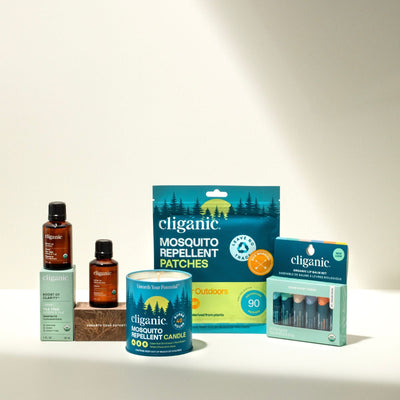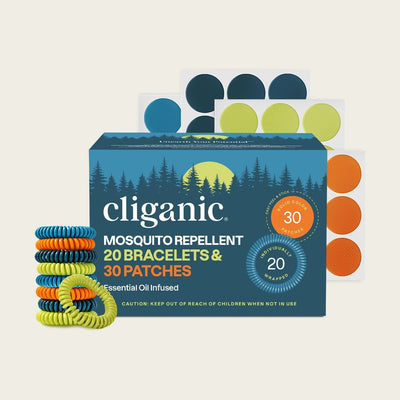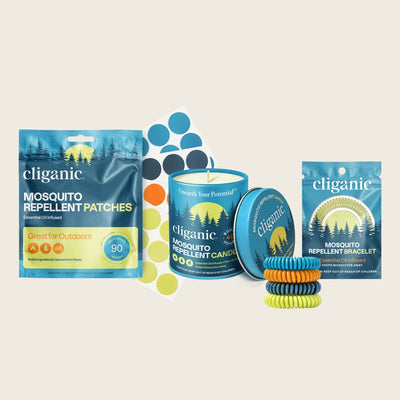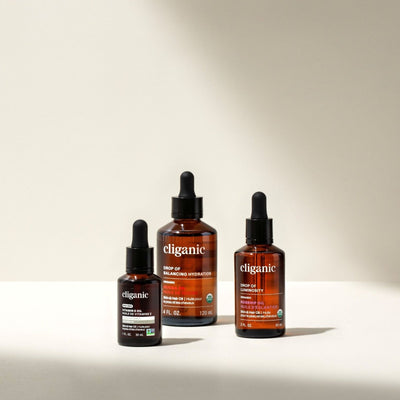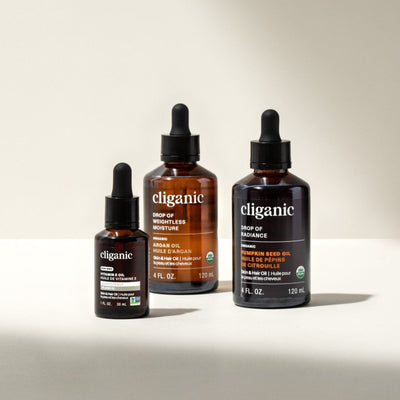
DIY Face Mask Recipes: Plant-powered recipes for Youthful, Vibrant Skin
Plant-based skincare has become more than just a fad—it's a lifestyle choice for many. If you are finding that you are using more and more DIY remedies to avoid the synthetic chemicals and preservatives found in many over-the-counter products, then keep reading! One of the most effective and enjoyable ways to nurture your skin naturally is by making your DIY face mask. But what exactly is a face mask, and how does it benefit your skin?
A face mask is a skincare treatment designed to address various skin concerns through deep cleansing, hydration, and nourishment. Masks typically contain a blend of clays, botanical powders, and essential oils, which work together to create noticeable changes in the skin’s health and appearance. These ingredients penetrate the skin to remove impurities, unclog pores, and deliver essential nutrients. As a result, regular use of face masks can leave your skin looking more youthful, cleansed, and vibrant.
How Face Masks Work
- Deep Cleansing: Clays like white clay, rose clay, and green clay are highly absorbent, drawing out dirt, oil, and toxins from deep within your pores. This deep cleansing effect not only prevents breakouts but also leaves your skin feeling incredibly clean and refreshed.
- Hydration and Nourishment: Botanical powders, such as matcha powder, or finely ground lavender flowers, provide a concentrated dose of vitamins, antioxidants, and calming agents. These ingredients help to brighten the skin, making it look more vibrant and healthy.
- Exfoliation: Many face masks also have exfoliating properties, which help to remove dead skin cells and promote cell turnover. This process reveals a brighter, smoother complexion and enhances the absorption of subsequent skincare products.
- Anti-Aging Benefits: This is where essential oils and botanical powders can help combat free radicals, which are responsible for aging signs like wrinkles and fine lines. By neutralizing these free radicals, face masks help to maintain the skin's youthful appearance and vitality.
Therapeutic Benefits of Different Clays and how to use them in your DIY Face Mask Recipes
1. White Clay:Therapeutic Benefits: Gentle and suitable for all skin types, especially sensitive skin. It helps to purify and mattify the skin without stripping it of natural oils.
DIY Face Mask Recipe:
- 2 tablespoons white clay
- 1 teaspoon matcha powder
- 2-3 drops lavender essential oil
- Water or rose water to mix
Directions: Mix the ingredients into a smooth paste. Apply to the face, avoiding the eye area. Leave on for 10-15 minutes and rinse with lukewarm water.
2. Rose Clay:Therapeutic Benefits: Ideal for dry or mature skin, rose clay gently exfoliates while improving circulation, giving the skin a healthy glow.
DIY Face Mask Recipe:
- 2 tablespoons rose clay
- 1 teaspoon finely ground lavender flower powder
- 2-3 dropsof Frankincense essential oil
- Water or rose water to mix
Directions: Combine all ingredients to form a paste. Apply evenly to the face. Leave on for 10-15 minutes, then rinse off with warm water.
3. Green Clay:Therapeutic Benefits: Best for oily and acne-prone skin, green clay has strong detoxifying and oil-absorbing properties.
DIY Face Mask Recipe:
- 2 tablespoons green clay
- 1 teaspoon spirulina powder
- 2-3 drops Geranium essential oil
- Water to mix
Directions: Mix the ingredients until smooth. Apply to the face, avoiding the eyes. Leave on for 10-15 minutes, then rinse with lukewarm water.
Here is a list of our top 3 essential oils to use in your DIY Face Mask

Frankincense Essential Oil (Boswelliaserrata) is steam distilled from the resin of a craggy ancient tree found growing in India. This species smells different from the Frankincense we may be more familiar with that is from Oman and Somalia, but it shares many similar healing benefits. Calming to the nervous system, soothing to skin, inflammation, bathing in Frankincense can offer an experience of deep calm and relaxation while supporting the health and well-being of the skin.

Geranium Essential Oil(Pelargonium graveolens) is steam distilled from the fragrant leaves of this large herbaceous bush that is native to warmer climates. Its floral grass-like aroma relaxes the nervous system and helps re-balances our skin. Loaded with molecules that are both calming and antimicrobial, Geranium essential oil has the unique ability to simultaneously draw out and let go of what our body no longer needs, and help it to recalibrate and restore.

Lavender Essential Oil (Lavandulaangustifolia) is steam distilled from the flowering tops of the Lavender herbaceous bush. There have been countless studies over many years showing how Lavender reduces stress levels, soothes muscle aches and pain, and offers the experience of deep relaxation. But another unique therapeutic benefit is Lavender’s ability to cleanse and detox our body and our mind, by helping us let go of things that are no longer helping us.
Here are the tools you’ll need to make your DIY Mask
What you’ll need:
- Measuring cups and spoons, or glass beakers
- A small mixing bowl
- Small metal spoon, or wooden popsicle stick for stirring
- 1 empty glass 4 oz jar
- Blank Labels
- Parchment Paper
- Paper towel
Steps:
- Before starting to make the recipe make sure the area where you will be blending is very clean. That means wiping down counter spaces with rubbing alcohol and putting away any food items and extra clutter. Once your counter space, or table top is clean, line the area with some parchment paper, pull your hair back and thoroughly wash your hands.
- Set out all blending tools so they are easy to grab when needed.
- Bring out all of your ingredients so they are accessible.
- Using your measuring cups and spoons, measure out each ingredient separately into their own beaker or small bowl. Place the essential oils close by.
- Pour all of your dry powdered ingredients and clays into a small mixing bowl.
- Next, carefully add your essential oil drops (as listed above) into the powder mixture, but make sure to drip the drops slowly and carefully mixing all the time so the powders don’t clump together.
- Once everything is well combined, carefully spoon the dry powdered mixture into your empty glass jar and cap tightly
- Make up a name for your facial mask, and write the name and the ingredients on the label and attach to the jar.
Conclusion
Incorporating DIY face masks into your skincare routine can provide numerous benefits, from deep cleansing and hydration to anti-aging effects. These natural, homemade masks allow you to customize your skincare according to your specific needs, ensuring





